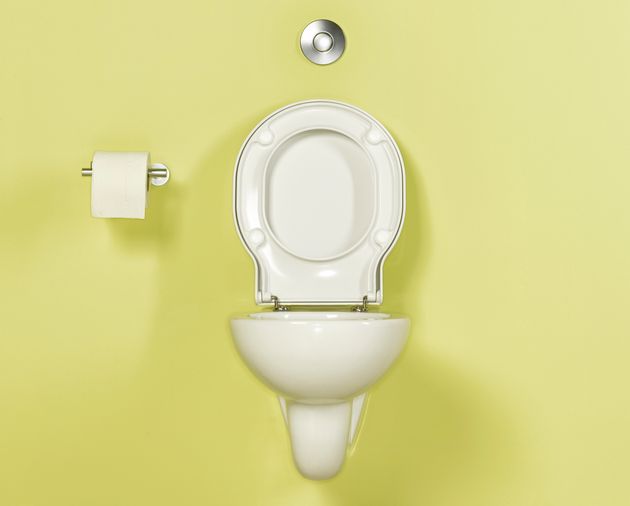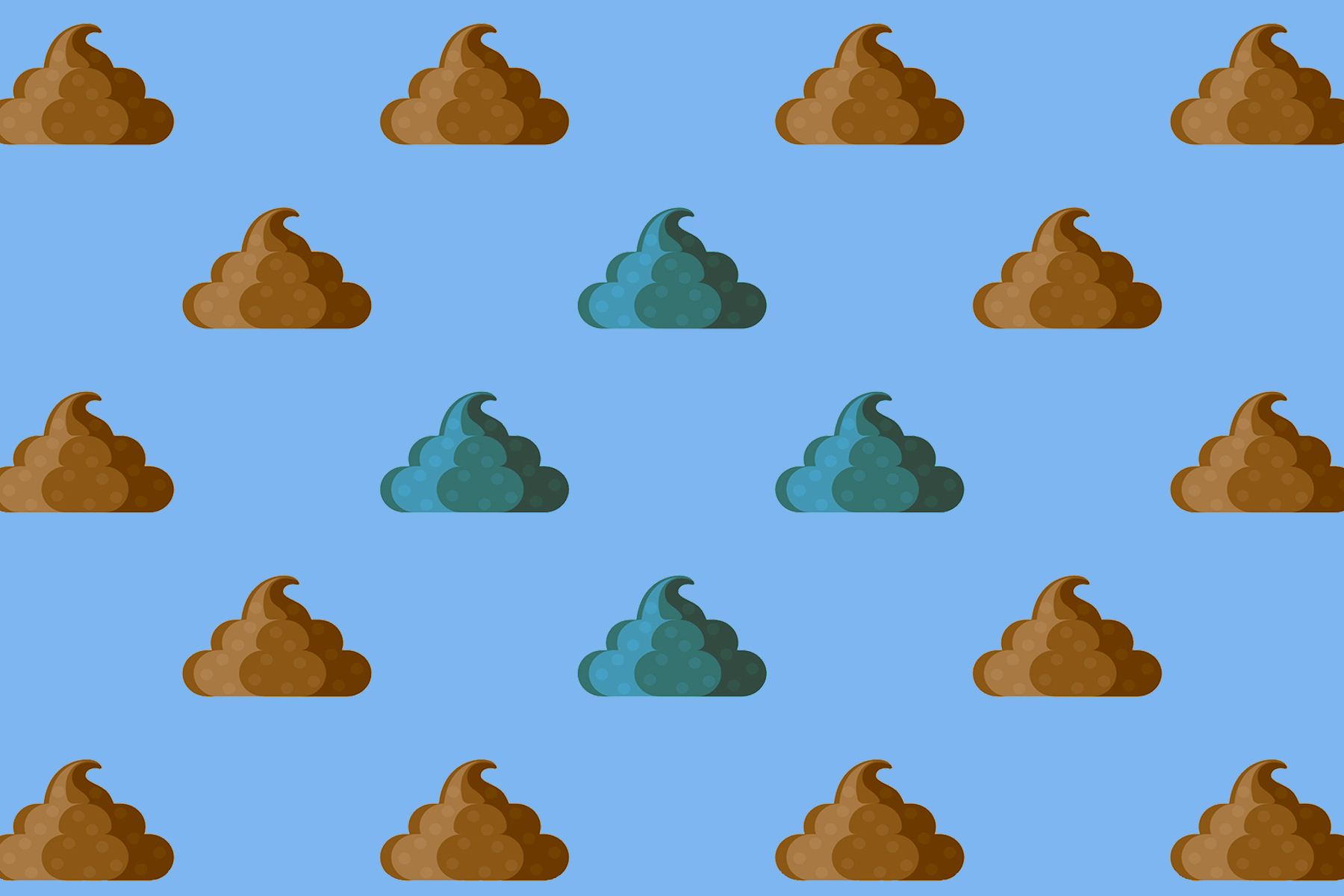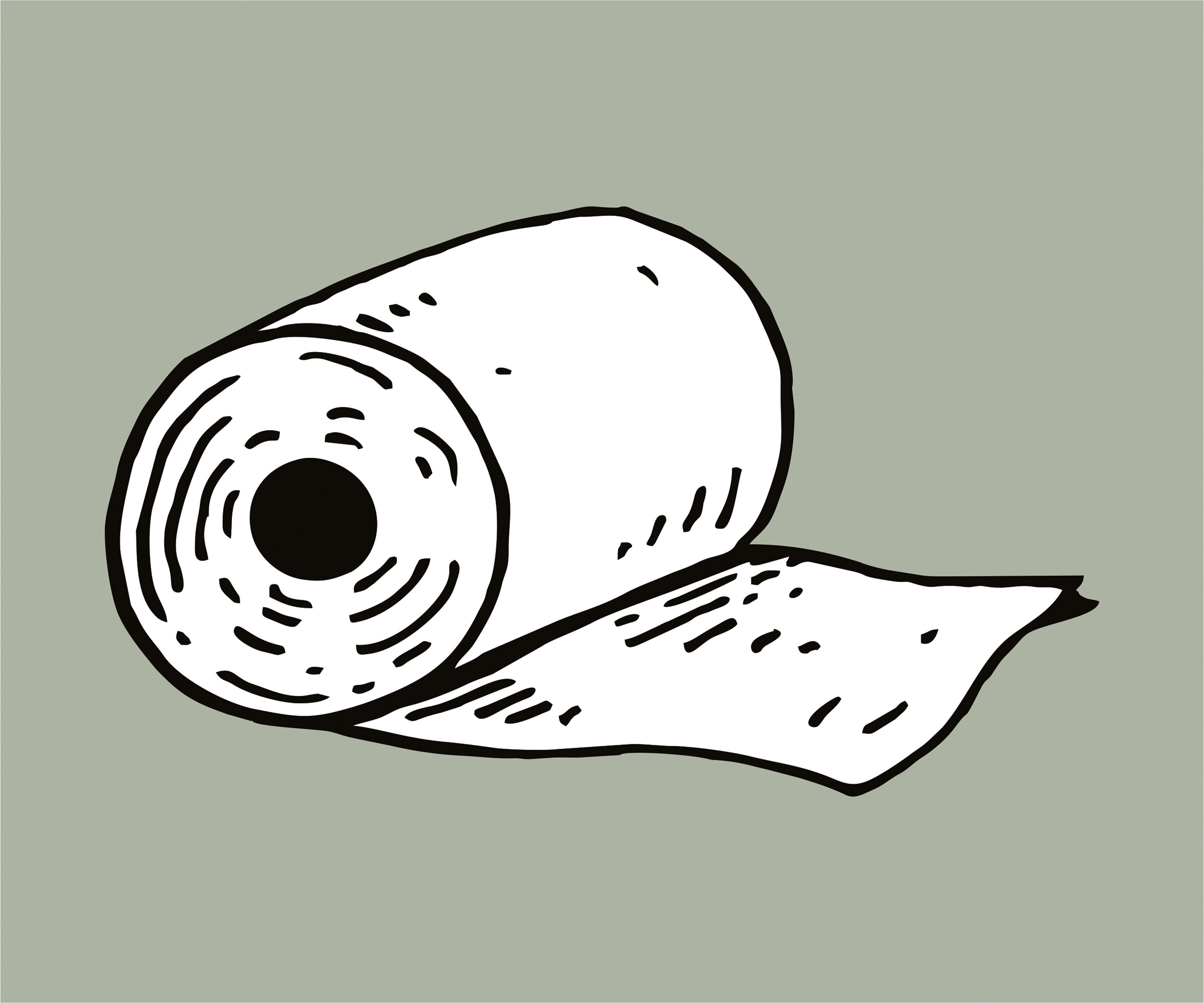
Picture this: you sit on the toilet to go about your business, wipe and flush. An image is then sent to your doctor’s inbox – or an app on your phone – with a delightful close-up of last night’s lasagne.
This could be the future of diagnosing bowel issues, as researchers at Duke University in North Carolina have developed an artificial intelligence (AI) tool that can be added to a toilet to analyse the health of a person’s poo. Information captured can then be sent to gastroenterologists, who will be able to diagnose any issues and provide appropriate treatment.
“Typically, gastroenterologists have to rely on patient self-reported information about their stool to help determine the cause of their gastrointestinal health issues, which can be very unreliable,” explains Deborah Fisher, a lead author on the study and associate professor of medicine at Duke University Durham.
“Patients often can’t remember what their stool looks like or how often they have a bowel movement, which is part of the standard monitoring process.”
The ‘Smart Toilet technology’ would allow doctors to gather long-term information needed to make a more accurate and timely diagnosis of chronic gastrointestinal problems, she adds.
How does it work?
The Smart Toilet system uses a “deep learning algorithm” and research has shown it can accurately classify a person’s stool form (how hard or soft it is) 85% of the time, while detecting blood 76% of the time.
The technology can be retrofitted within the pipes of an existing toilet so there’s no need to fork out on expensive high-tech loos. Once a person has a bowel movement and flushes, the toilet takes an image of the stool within the pipes. Don’t worry, the camera would be fitted away from view of your bottom.
To develop the image analysis tool for the Smart Toilet, researchers had the wonderful job of analysing 3,328 photos of poo found online or provided by participants. All images were reviewed and annotated by gastroenterologists according to the Bristol Stool Scale, a common clinical tool for classifying how healthy a person’s poo is.
Sonia Grego, a lead researcher on the study and founding director of the Duke Smart Toilet Lab, tells HuffPost UK: “We envision the product being an app, enabled by a hardware adapted to the toilet, that is automatically populated with features describing the bowel movement over time and alerts the user of deviation from their baseline.” In short, if your poo changes for whatever reason, you’d be notified without the need to keep checking what’s in the bowl.
The data collected over time could be used to provide doctors with a better understanding of a patient’s stool form (basically whether it’s runny, normal or hard) and whether there’s any blood present, which can be a sign of more serious issues like cancer.
Would people want a smart computer lurking in their bowl like some kind of poo paparazzi? Grego thinks so. “We’re optimistic about patient willingness to use this technology because it’s something that can be installed in their toilet’s pipes and doesn’t require the patient to do anything other than flush,” she says.
An IBD flare-up, for instance, could be diagnosed using the Smart Toilet and the patient’s response to treatment could be monitored with the technology. Grego says this could be especially useful for patients who live in long-term care facilities who may not be able to offer detailed reports on bowel movements.
So, what happens now? Well initial results are promising and a company is now developing the Smart Toilet into a fully-formed product. “We expect to have a prototype for test with patients in 12 to 18 months and a product soon after that,” says Grego.
She hopes the product will be useful to both gastrointestinal patients but also health conscious customers, “essentially anybody who is interested in avoiding the burden of self-tracking of bowel movement and in having a technology that does it automatically and accurately for them”.




